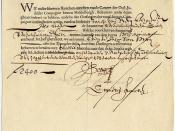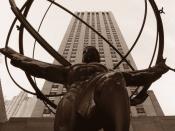Case Study:
For those of you unfamiliar with the F.I.R.A.C Method of coming to conclusions regarding case studies of business law, first the person must state the fact, then the issues, the Law and finally show how that law applies and conclude on behalf of either side.
Fact:
Jim, Joe and Bob each owned one-third of the shares of Seizen, Inc., a closely held corporation. Each as employed by the corporation as an officer and director. The corporation was primarily involved in the real estate development business although occasionally it took advantage of business opportunities in areas unrelated to real estate development.
Bob, in contemplation of retirement, requested Jim and Joe to adopt, on behalf of the corporation, a liberal dividend policy and a plan for the corporation to purchase his shares of stock over a period of 10 years, at a price to be mutually agreed upon. Although Bob had devoted many years of service to the corporation, Jim and Joe refused to authorize any dividend payments and also refused to purchase any of Bob's shares of stock in the corporation.
Jim and Joe's decision was based upon what they considered to be in the best interest of the corporation and also on the fact that Bob had previously taken personal advantage of a real estate development investment opportunity that the corporation had been advised about but was unable to take advantage of because of financial difficulty.
Issue:
Was Bob in violation of rule 10b and 16b?
Rule:
10b- Anybody who is an insider must not trade on the basis of inside or non public information to anyone else who is not possession to.
16b-Prohibits anyone who owns 10% or more of a corporation from trading stock of that corporation within six months of a transaction. (West 433)...


